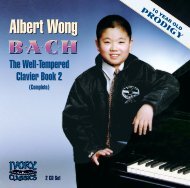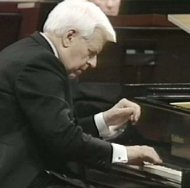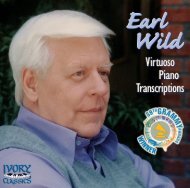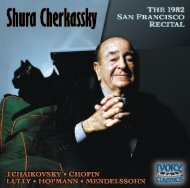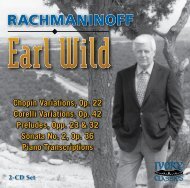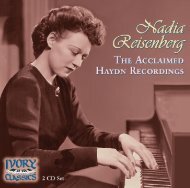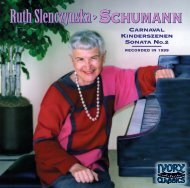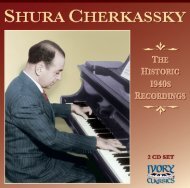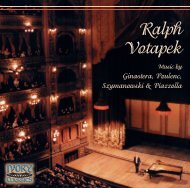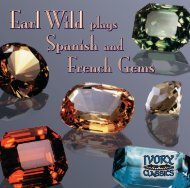Earl Wild Goes To The Movies - Ivory Classics
Earl Wild Goes To The Movies - Ivory Classics
Earl Wild Goes To The Movies - Ivory Classics
Create successful ePaper yourself
Turn your PDF publications into a flip-book with our unique Google optimized e-Paper software.
Rosemary Lane, Lola Lane, Gale Page and John Garfield in what was a sequel to the<br />
1938 film, Four Daughters.<br />
Miklós Rózsa (1907-1995) was born in Budapest. He graduated from the Leipzig<br />
Conservatory cum laude, and saw the premiere of his First Violin Concerto and the<br />
publication of his String Trio, Opus 1 before moving to London in 1935. <strong>The</strong>re he<br />
began writing music for a number of Sir Alexander Korda’s films eventually moving<br />
to America in 1940. He settled in Hollywood where he continued writing for the films<br />
and teaching at the University of Southern California. He won the Academy Award<br />
three times — for Spellbound (1945), A Double Life (1948) and for Ben-Hur (1959). He<br />
entitled his autobiography, Double Life, because in parallel with his Hollywood creations,<br />
Rózsa was always actively composing non-film music. Among his other<br />
works are the Concerto for Strings (1943), the Piano Sonata (1949), and the Violin<br />
Concerto (1953, composed for, premiered and recorded by Jascha Heifetz). Without<br />
a doubt, one his best known works remains the Spellbound Concerto. It was written<br />
for the 1945 Alfred Hitchcock film, starring Ingrid Bergman, Gregory Peck, Leo G.<br />
Carroll, John Emery and Rhonda Fleming. Rózsa recalled that “in Spellbound<br />
Salvador Dali’s designs for the central dream-interpretation sequence immediately<br />
suggested a musical complement, and literally colored my concept of the score as a<br />
whole.” <strong>To</strong> create a musical sound-picture of Gregory Peck’s amnesia-paranoia,<br />
Rózsa utilized one of the earliest electronic musical instruments, the theremin,<br />
which was invented by Russian scientist, Léon Thérémin in 1919 and patented in the<br />
USA in 1927. Since the theremin has a vertiginous, swooning sound quality, the four<br />
dream-sequences in the movie contain some of the most compelling and original<br />
film music ever written. In this 1965 recording, the London Promenade Orchestra<br />
used a theremin, which is not typically the norm in recordings today.<br />
In his autobiography, Miklós Rózsa wrote, “I have always tried in my work to<br />
express human feelings, assert human values... tonality means line; line means<br />
melody; melody means song, and song, especially folksong, is the essence of music<br />
because it is the natural, spontaneous and primordial expression of human emotion.”<br />
When original film scores were not called for, Hollywood (and the film<br />
producers around the world) relied on the well-tested music of the classics. <strong>The</strong><br />
music of Chopin and Liszt became perennial favorites, to be used when passion and<br />
romance was on the screen. Chopin’s was portrayed by Pierre Blanchar in a silent<br />
– 7 –



